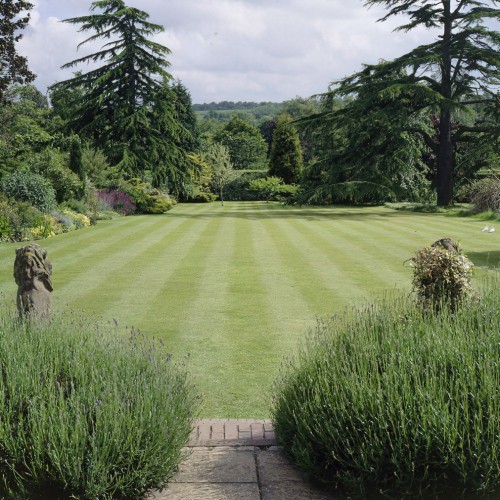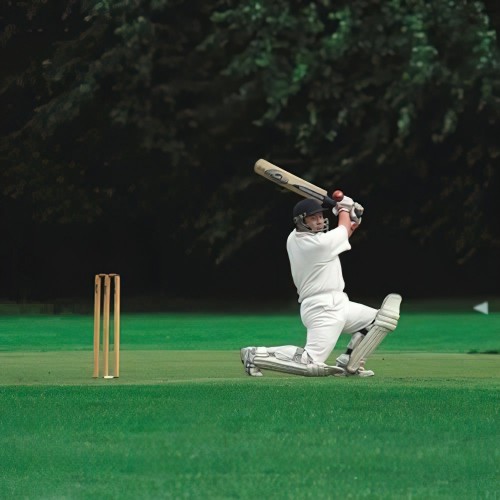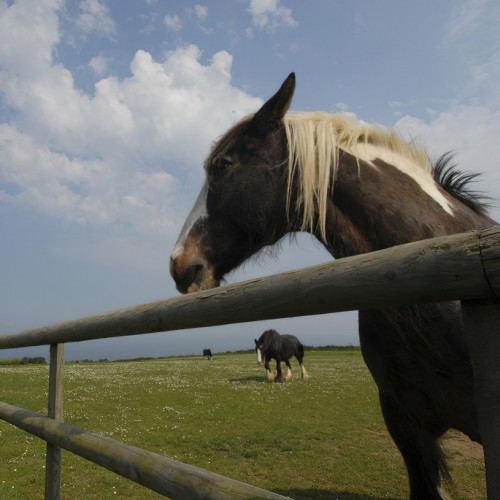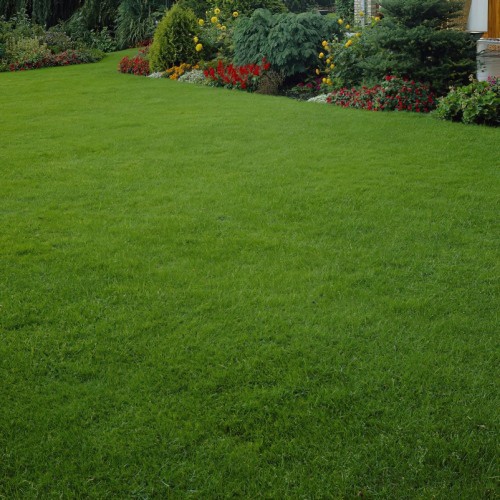
Free mainland UK delivery on all grass seed orders
Grass Seed
Our high-performance grass seed mixtures contain only top-quality species to create perfect lawns. From lush green ornamental show lawns and bowling greens to wear tolerant Winter sports mixtures and everyday hard-wearing family lawns.
Frequently Asked Questions
Grass seed in the UK is best planted in spring or early autumn, as around these times, the weather usually ticks all the right boxes. Too cold, and the seeds won’t germinate – too wet, and the rain can wash the seeds away, resulting in patchy, uneven growth.
The easiest way to work out how much grass seed you’ll need is by using an online calculator. To get the result, you’ll need to input the size of area (length and width), type of project (overseeding or new lawn), and type of grass.
To effectively sow grass seed, start by preparing the soil — remove any weeds and rake the surface until it's level. Once the weather is just right (no heavy rain forecast or prolonged dry spells), evenly spread the seed over the ground by hand or using a lawn spreader.
It’s best to sow just after rain or before light rain, as this helps the seeds germinate quicker. Once sown, rake the seed lightly into the soil, and consider adding deterrents to stop birds from eating it.
You can walk on newly seeded grass, but it’s best to avoid it where possible. Walking over the same spots too often can shift the seed around, leading to uneven coverage and patchy growth. If you do need to cross the area, you should vary your path to avoid compacting the soil and disturbing the seed.
If the seeds are sown in the right conditions and receive regular care, grass usually fully establishes around 6-8 weeks after sowing. This can also vary depending on the specific type of grass used, as some take a bit longer than others.




































